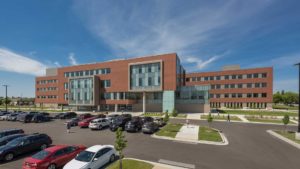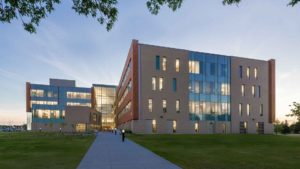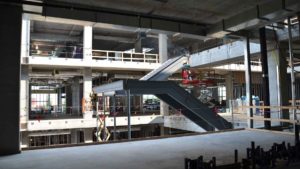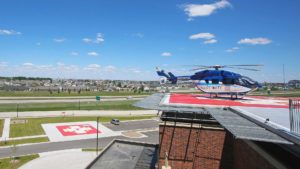Though its halls are relatively empty and the building itself isn’t 100 percent complete, staff at the new University of North Dakota School of Medicine and Health Sciences building see the facility as full of possibilities.
The new $124 million building, which was entirely paid for by the state Legislature, provides the medical school with a chance to transform how it educates the next generation of health care professionals.
That collaboration would help alleviate some of the inefficiencies in medicine, Wynne said. That way, for example, somebody could learn what different types of doctors do and the role they play in health care.
“The hope is that theyll also share their experiences and educate each other so that occupational therapists and physical therapists and med students will all work together as a team, Wynne said. And we think a greater emphasis on a team approach to health care will pay dividends in the future by improving access, improving quality and reducing costs.”
That team approach is apparent throughout the building with open laboratories that encourage students working in the spaces at the same time to join up and learn something from each other.
The design of the building brings collaboration to the forefront and puts UND in a leadership position with the new collaborative design. Representatives from Penn State University already have asked to come tour the new building to look at the concept.
Wynne said hes reminded of a Winston Churchill saying that encapsulates how he sees the new medical schools design benefiting students for decades to come.
“We shape our buildings,” Churchill said, and afterward our buildings shape us.”



